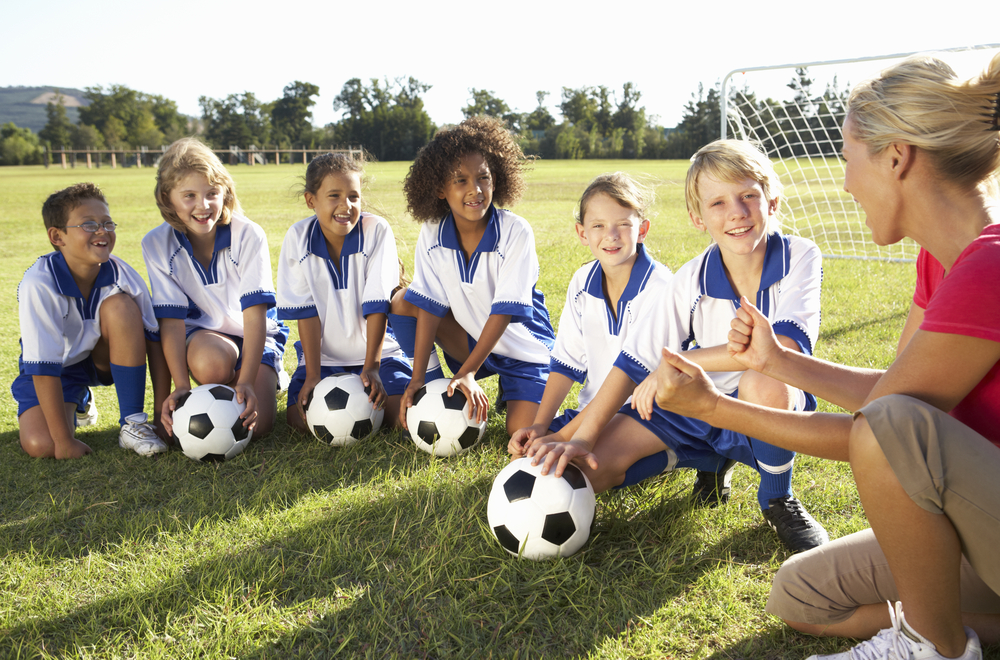Autonomy support by coaches and the functioning of athletes
How does autonomy support by coaches relate to the functioning of athletes? In the sports world, stories are regularly published about how athletes are guided authoritatively by their coaches. For example, in the gymnastics world, athletes were humiliated, insulted, and blackmailed. The most important motivation theory within psychology, the self- determination theory (SDT), argues for a completely different way of guiding athletes. This way of coaching revolves around autonomy support. A new study maps the correlations between autonomy support and various aspects of athlete functioning.
Meta-analysis autonomy support by coaches
Lara Mossman et al. (2022) conducted a review and meta-analysis to gain insight into how autonomy support by coaches correlates with various aspects of athlete performance. The meta-analysis involved a database of 1,320 correlations across 131 independent samples (N = 38,844).
Autonomy support by coaches
Providing autonomy support involves the coach doing things to:
- provide choices to athletes
- give athletes clear reasons for tasks and limits
- recognize the feelings and perspectives of the athletes
- provide non-controlling, competency-based feedback
- pursue ego involvement
- avoid overt means of coercion, such as using tangible punishments or rewards to elicit desired behavior
Autonomy support is related to positive functioning of athletes
Overall, the results supported the SDT's assumptions. Autonomy support appears to be a robust predictor of:
- the satisfaction of basic psychological needs needs for autonomy, competence and relatedness,
- the autonomous motivation to engage in sport or physical activity
- the well-being of athletes in general
It is also interesting to see that the correlations between autonomy support by coaches with various aspects of athlete performance were positive. A complete overview of the correlations found can be found here.
Conclusions hold in different contexts and cultures
These effects were relatively stable for different cultural groups, types of sport (ie team or individual), varying ages of athletes, and competition level. These results were found in sport situations (performance situations) as well as in training situations.

Comments